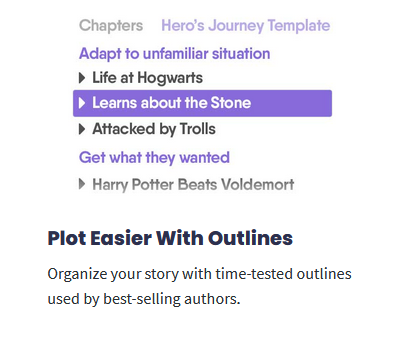Tips for Writing Horror Novels

There was a time when horror books were extremely popular. The same can’t be said today, as crime and thriller novels have knocked horror novels off the perch of bestsellers. That being said, there’s still a huge fan base hunting for the next best horror novel.
So if you’re looking to break into the horror genre then look no further. Here are some tips to get you started.
Remember, You’re Writing a Story
Control the urge to scare the life out of your reader with horrifying scenes. You are writing a story, so make sure you’re fulfilling the basic storytelling techniques. The wants and needs of your protagonist, the conflicts faced i.e., pretty much the 101 of storytelling.
From the plot overview to the individual characters, plan an outline that will engage with the readers.
To help you, here are some questions you can answer about your plot and character.
What’s your hero’s main struggle?
How did they get involved in that struggle?
How will they fare in battling it?
What are the effects of the actions your hero has taken?
These questions will guide you when you plan a framework for writing your horror novel. Now add flesh to it by including the edge of the seat horrors and that gruesome tone you had planned.
Don’t forget that LivingWriter has awesome features, such as Outlines, that allow you to build upon your stories plot and build and amazing world around it, so check it out!

Get the Mood Right
Horror comes in different shapes and styles. Each style will have a unique approach. So, which one are you planning on writing for your horror? If you know which one you’re writing it’ll be easier to get the mood right.
Is it a classic horror consisting of a dark setting and spine-chilling characters?
Or maybe a thriller. You want to use psychological anxiety to scare your readers right from the beginning even before things get going in your novel.
Perhaps a terror-filled novel. Frighten your readers throughout your novel or fill your readers with dread leading up to the end of the novel.
How about a gore-fest. Give graphic descriptions of blood and bones to shock your readers and make their stomachs churn.
You can also combine the literary styles at different parts of your novel. Whatever you decide, aim to horrify yourself. If you can achieve this, you’re on to something.
Choose Your Fear Factor
Horror novels are not for light reading or entertainment. People read them to be terrified. Fortunately, certain things are known to terrify people. Use them to your advantage.
Take, for example, things from our imagination like monsters and werewolves. We all know they don’t exist. But they still send quite a shiver down our spine. We question the possibility of them being real.
Other things which actually do exist can also fill us with dread. Spiders, heights, darkness, the list is endless. These fears are real and can be experienced and so embedded within us. By writing about these fear factors we can tap into those deep fears and frighten the reader.
Another way to make your readers’ fear stand out is to weave current social concerns into your novel. Racism, poverty, or abuse can be used as a tactic to jolt your readers out of their comfort zone.
What’s the Risk?
If your readers have no idea of the risks and implications of your hero’s problems they will feel no emotions. Sharing your hero’s concerns and the risks posed if they don’t solve the problem will go a long way in keeping the readers engaged. Once the readers are emotionally involved it is much easier to make their hair stand on end.
Examples of risks could be that a character’s life is at stake. Survival is usually a common theme in a horror novel. It could be the main character whose life is threatened, or that the lives of the whole world are at risk. The bigger the risk the bigger the fright.
Sometimes the horror is due to a historic occurrence and the hero is trying to unravel the mystery behind it. But the more the hero unravels the mystery the more horror is unleashed. Make the readers follow the protagonist’s journey so they can see what is at stake.
Again, a combination of different risks can be employed when writing your horror to increase the fear factor.
Be Unique
As you write your horror story be wary of copying other novels already out there. Yes, you can take ideas from somebody else’s novels but be sure to make them your own. Approach it from a different angle or perspective. Change the narrator, spice things up, or set in a different environment whether a different place or a different time.
Whatever you decide for writing your horror novel, follow this guide and sprinkle the ideas into your novel to get closer to reviving the horror genre.